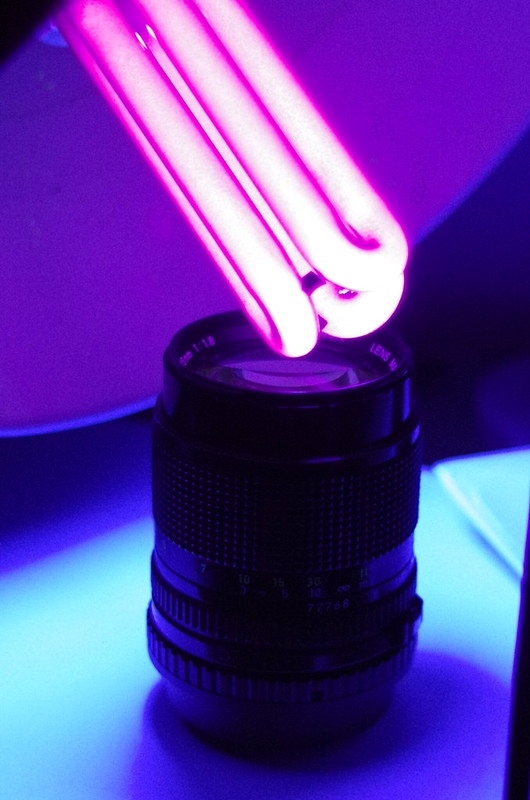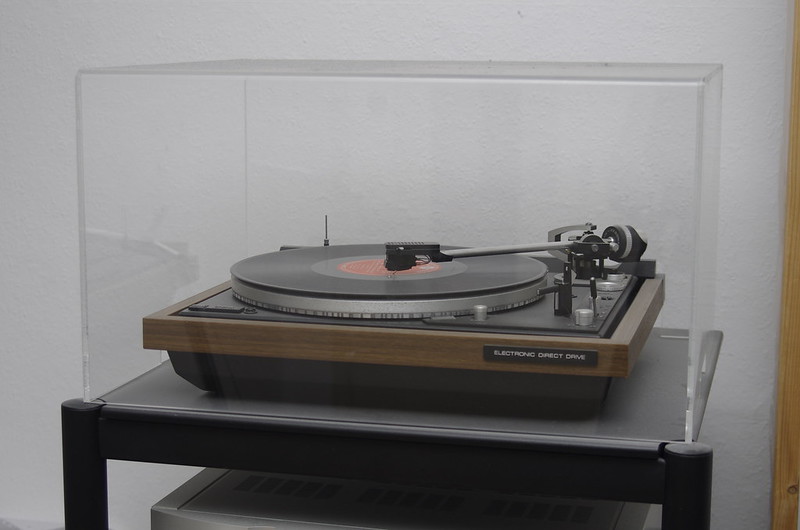 Originally posted by LensBeginner
Originally posted by LensBeginner 
Hi,
I'm not an expert on the matter, so I will leave to others to be more precise, but I did a little bit of googling in order to find more on the topic.
General consensus seems to be that:
1. it is dangerous to use, so it should be used with rigorous safety measures in place.
2. UV light can actually kill fungus
3. Dead fungus will still be there, which means they will not spread, but they will still degrade the optical quality of your lens. Also, they can eat at the coatings and etch the glass, so even a thorough cleaning in some case isn't enough to restore IQ...
4. The coating (supposing it's still in place) will not absorb UV, the glass will absorb some, though.
5. Some recommend exposing the lenses to direct sunlight, which should be a whole lot safer than UV lamps.
All this info is to be verified, of course.
1: Thusfar, I've had it on my Canon T90 (I bought them together) for a couple of minutes, it has otherwise been kept at a distance from the rest of my gear.
2 & 4: The question is what dose of which parts of the UV spectrum the lens needs to be exposed to, what's the >safe dose< (or rather the >lethal dose<)?
More concretely:
- Does my kind of UV lamp emit the right kind of UV?
- How long does the UV-treatment have to last?
5: Northern Germany doesn't exactly get loads of direct sunlight, especially this time of year...
If sunlight works, what UV-lamp-exposure is equivalent to the sufficient sunlight-exposure?
Also: What's unsafe about UV lamps???
3: In this case the impact on IQ will probably be minor, I know what fungus can do to a lens
quite well: 
(
Yes, that's my lens.
Yes, the fungus has etched the glass.
Yes, it's a [EXPLETIVE DELETED] shame!)


 Similar Threads
Similar Threads 






















 Post #4 by jatrax
Post #4 by jatrax








